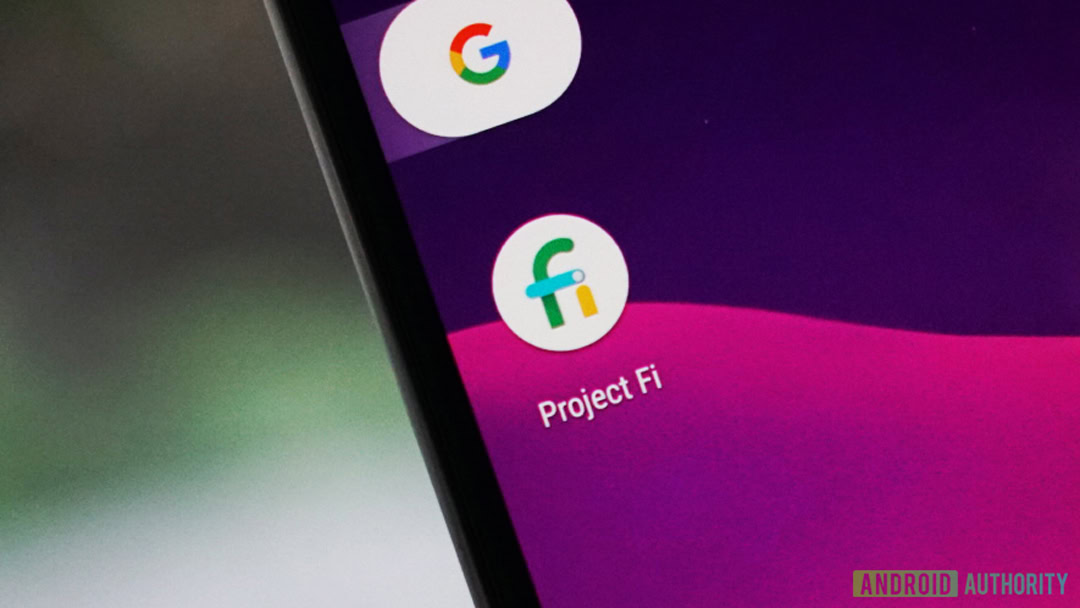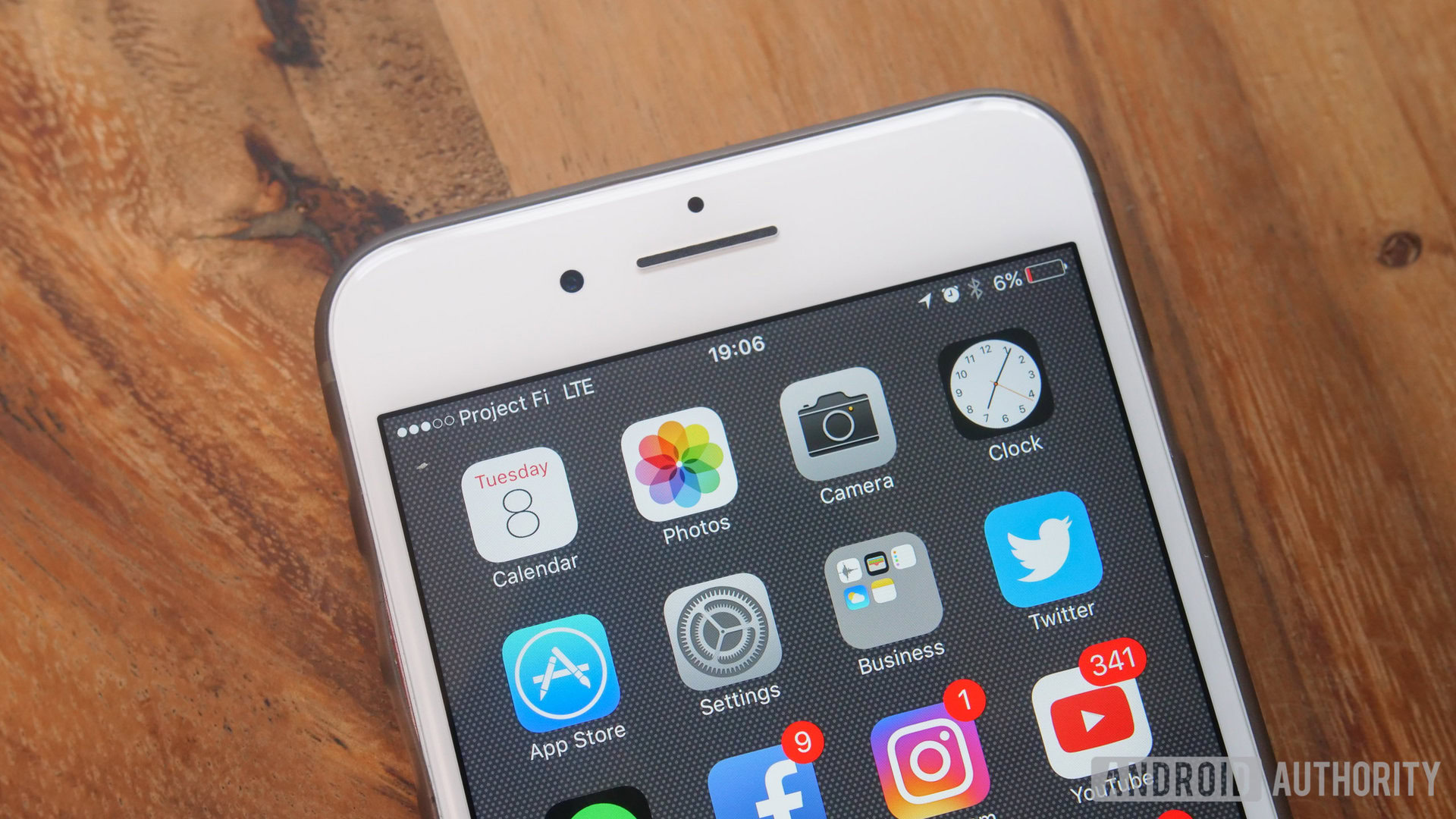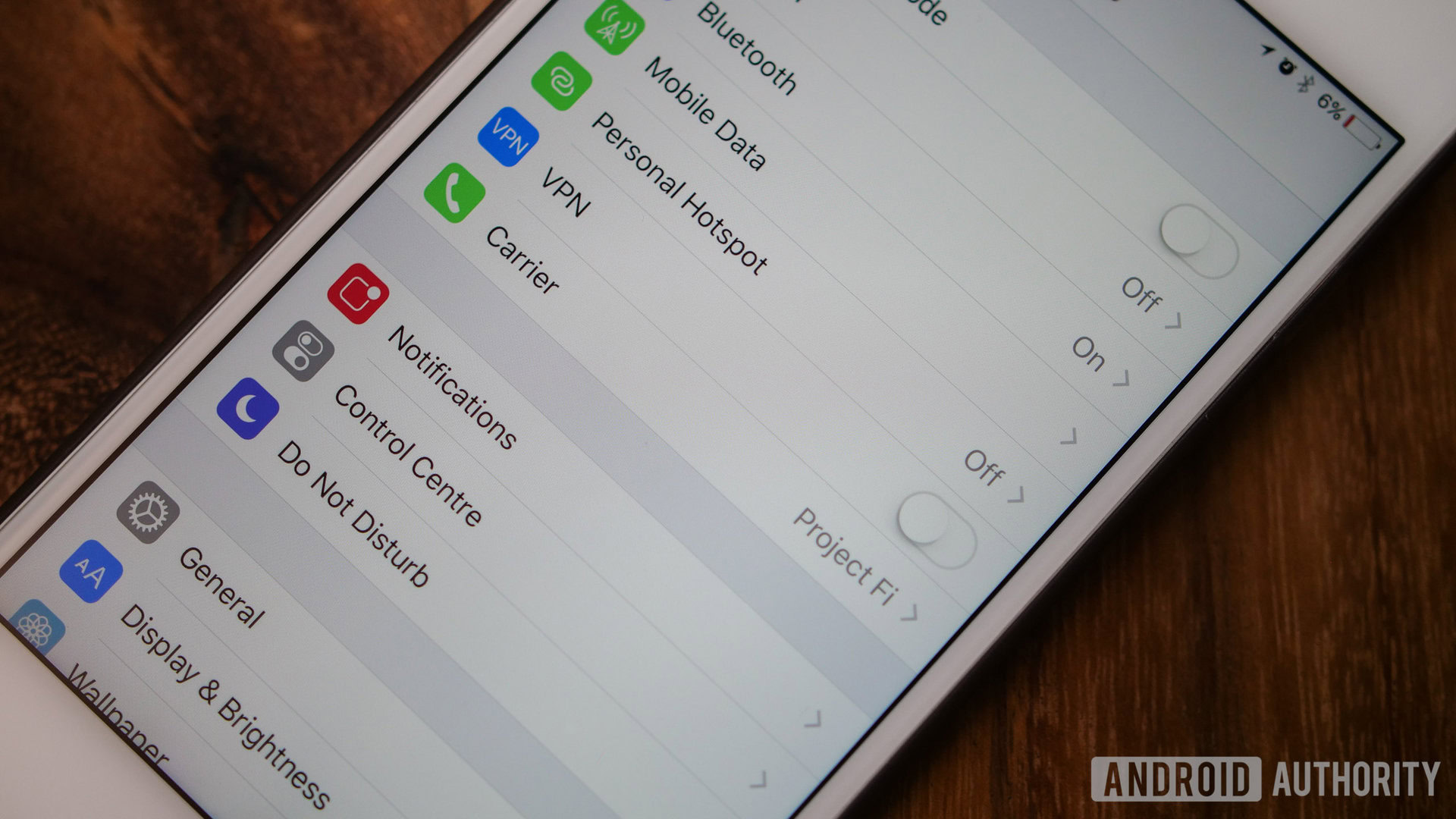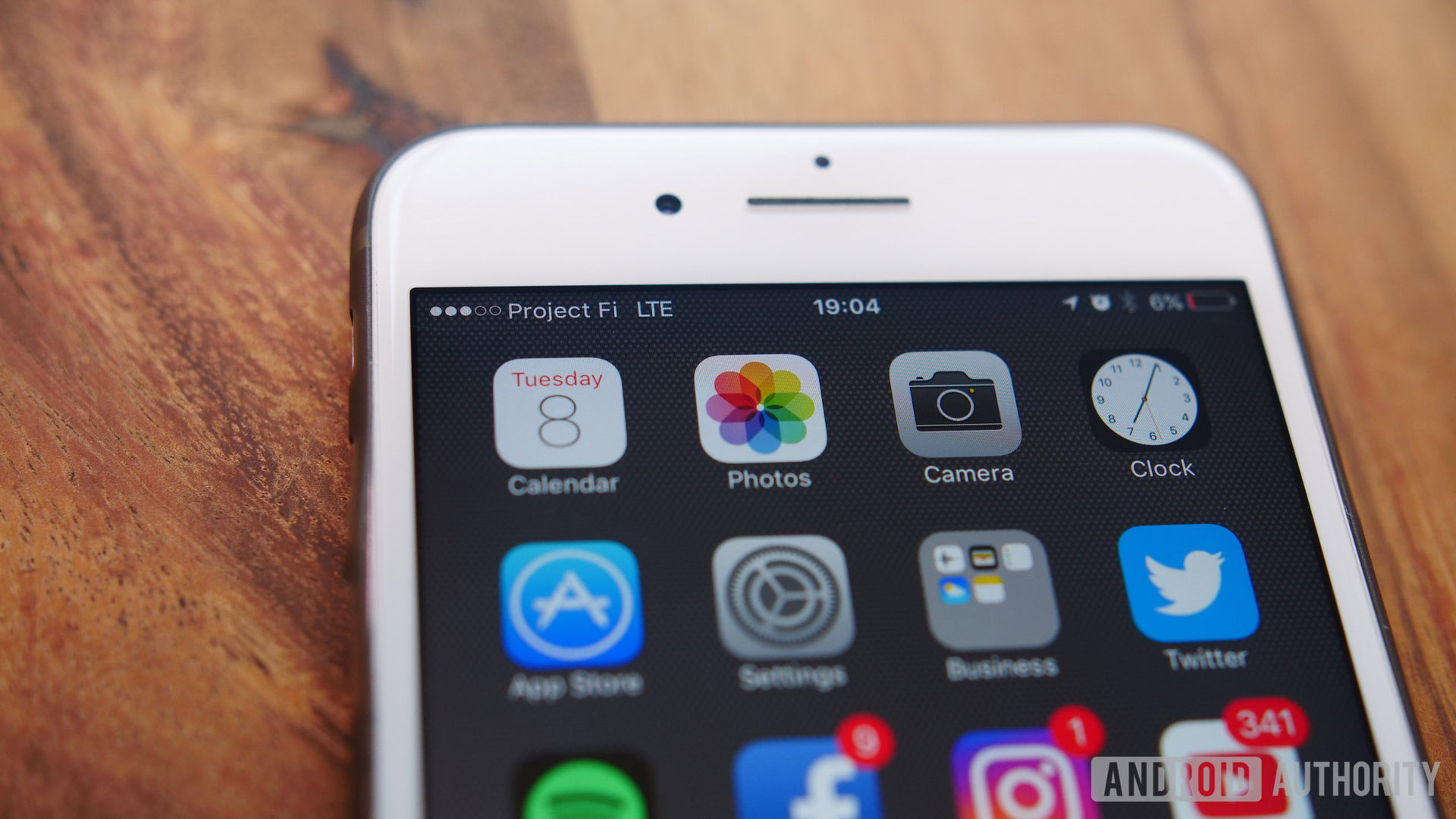Affiliate links on Android Authority may earn us a commission. Learn more.
PSA: Project Fi works in any phone — mostly
Published onDecember 9, 2017

Project Fi may be appealing to a lot of would-be business travellers, but Google’s mobile network has one major flaw: it requires that users have a Google device. Right now, that leaves very few options. You can use 2016’s Pixel or Pixel XL, or you can stick to the now two-year-old Nexus 6P or 5X.
Read Next: Phones compatible with Google Fi: What are your options?
That limitation seemingly rules out using an Apple iPhone or popular alternative Android devices such as the Galaxy S8 and LG G6. But this isn’t technically the case. After several months of using Project Fi in a non-Pixel device, let me tell you why.

Project Fi technically works in any device
Simply put, Project Fi works in any device. That is to say, any device that supports a GSM SIM card and network. However, before you can use it in any particular device, you need to activate it and this is where you need one of the aforementioned Google devices to do so. Luckily, you don’t have to own it; borrow a friend’s or relative’s to activate your SIM card, then return to your regular phone.
Google Fi works, but what’s the catch?
Using Project Fi in a Google device has some tangible benefits that aren’t available when using a non-Google phone. The first of these is the cross-network and Wi-Fi switching, which means that when using a Google-branded handset, the phone will automatically roam between registered Wi-Fi networks and the T-Mobile, UScellular, and Sprint cell networks to always have the best coverage. If you use a non-Google device, you don’t get this pretty important benefit.
The second benefit that you miss is visual voicemail. This allows you to access and listen to your voicemail messages directly from the phone app without having to dial into your voicemail. This is actually rather convenient and much easier than dialing voicemail, and regular voicemail activation seems to be quite buggy when using a non-Google device.
Project Fi in the iPhone 7 Plus

Once your SIM card is activated, using it in another phone is as simple as popping it in. After a few minutes, the SIM will roam onto the T-Mobile network and display Project Fi as the carrier. For those that don’t know, T-Mobile is the carrier that MVNO Project Fi runs on and when not using a Google device, you won’t get the seamless carrier switching that also lets you use UScellular, Sprint or registered Wi-Fi networks.
In the iPhone 7 Plus, Project Fi works surprisingly well but there is a noticeable coverage issue, with the radios inside the iPhone proving to be surprisingly weak, at least when using Project Fi. However, you’ll almost always have coverage to make a call or use data, but it can occasionally be spotty and take a while to recover after being in a dead zone.
During my time with Project Fi in the iPhone, I’ve also found that call quality can be questionable, with the recipient often unable to hear me clearly. Having also used an AT&T SIM card and my UK SIM card in the iPhone while roaming in the USA, this definitely seems to be network-related and not a hardware issue that’s specific to this iPhone.
Data coverage can also be rather questionable. Speeds are as fast as they are in the Pixel XL, but the main issue is that the iPhone often switches between 3G and LTE, and data is often unusable when on the former network. Based on limited testing, the iPhone has approximately 30-40 percent poorer coverage on the iPhone compared to other devices we’ve tested and data speeds are, on average, around 30 percent slower than Project Fi on the Google Pixel.
Project Fi in the Samsung Galaxy S8 and OnePlus 5

In the Samsung Galaxy S8, Project Fi performs much better than the iPhone with coverage, call quality, and data speeds. Considering that all of these devices in question have full LTE band support for T-Mobile, it’s likely that this is related to carrier configuration, which could be an issue as Project Fi doesn’t support the iOS platform. On Android phones, APNs are automatically set and the device seems to connect to, and hold on to, LTE signal much longer in the same place than when using the iPhone.
It’s not all perfect however, as using Project Fi in another Android phone has its own challenges, specifically around visual voicemail and integration with hangouts. The former is the same as with the iPhone, in that visual voicemail doesn’t work but at least the phone seems to activate the voicemail forwarding feature properly. The carrier is also often listed as T-Mobile rather than Project Fi, although this depends on the Android phone in question.
One of the best things about Project Fi is the ability to answer and send calls and texts to/from your Project Fi number using Hangouts on any phone that supports it, as well as via the web, but hangouts not working properly on an Android phone can be frustrating. On the iPhone, calls and texts can route through hangouts with no problems, but on Android, the option to hear incoming calls is curiously missing. This could be related to configuration issues and the carrier becoming confused by the fact these devices run Android but it’s a problem nonetheless, especially if you’re like me and send messages from multiple devices.
Project Fi works in any phone… but should you get a Pixel?

This is arguably the million-dollar question: although Project Fi works in any phone with just a few quirks, should you buy a Pixel to get the most out of the experience? Firstly, with the new Pixel 2 on the horizon, we’d recommend waiting, but looking past this, the answer is complicated and depends on your personal preferences.
I’m personally not a major fan of the Google Pixel – I was at the time but grew weary pretty quickly – so for me, I’m happy to stick the SIM in any of my other devices and deal with the few pitfalls of doing so. Specifically, the pricing is good for my usage and for when I’m roaming and I don’t want to carry a specific phone. It’s as bad as having a phone that’s locked to a specific carrier!
If you’re after a solid Android phone and Project Fi’s flat-rate $10/GB for data (including when roaming) appeals to you but you want the full experience, you’ll probably find that the Pixel is a good device to buy. However, if you already have a phone, then we’d recommend using that in the meantime and waiting for the new Pixel 2 devices, which are expected this Fall.
Do you use Project Fi, and does the flat-rate roaming tempt you away from your current carrier? Who do you use right now and would you use Project Fi with any of your other phones? Let us know in the comments below and if you’re interested, you can sign up for Project Fi here! You can also take a handy quiz to see if Project Fi is right for you!